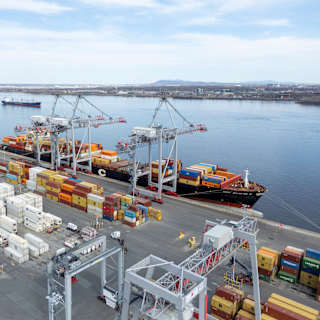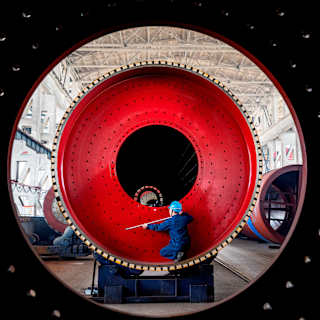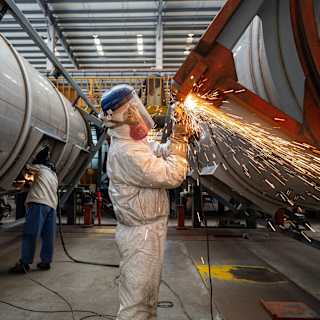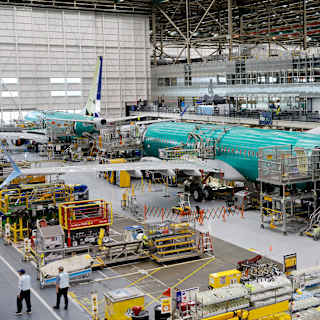- Automotive and Pharma Lead Recovery
- Trade Tensions Cast Shadow
- Mixed Signals for Recovery
Germany's industrial production climbed 1.2% in May, defying market expectations and rebounding from a sharp decline the previous month, according to data released Monday by the Federal Statistical Office of Germany. The uptick, which beat forecasts of flat growth, marked a recovery from April's revised 1.6% drop and delivered the country's first year-over-year production increase since early 2024.
The May rebound underscores the volatile nature of Europe's largest economy as it navigates trade tensions with the United States while grappling with elevated energy costs and supply chain disruptions that have weighed on manufacturing for months.
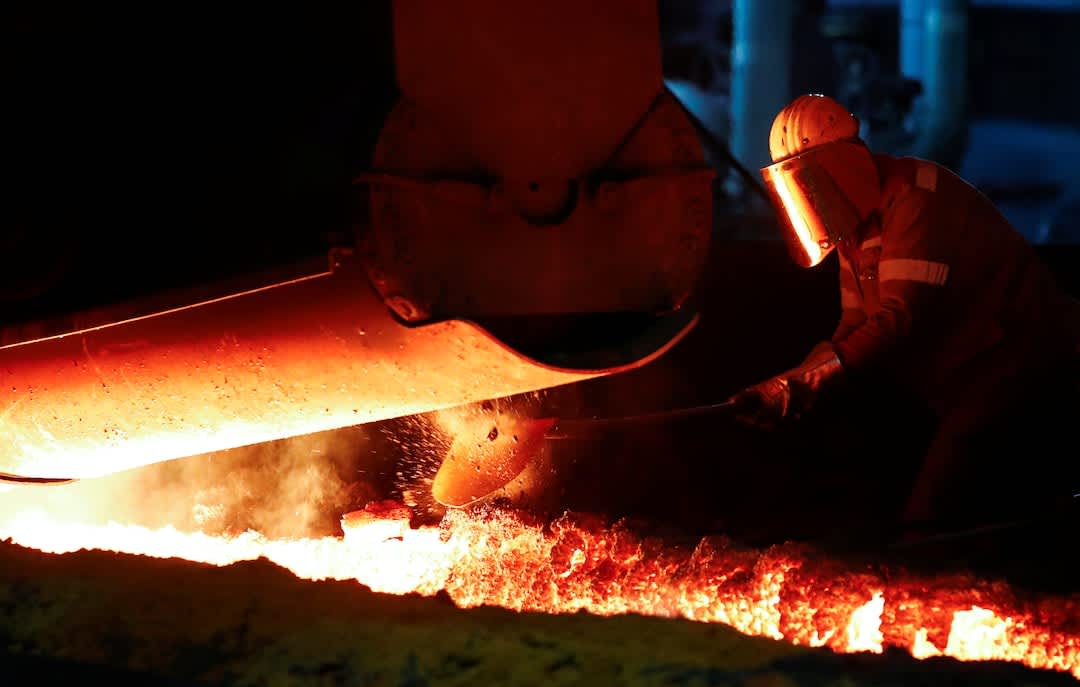
The automotive sector drove much of May's gains, with production jumping 4.9% as manufacturers rushed to fulfill orders ahead of looming U.S. tariff increases12. Pharmaceutical output surged 10%, while energy production climbed 10.8%, according to Trading Economics23.
However, the recovery proved uneven. Construction output fell 3.9%, and energy-intensive industries declined 1.8%2. Computer and electronic products manufacturing dropped 17.7%, reflecting ongoing semiconductor bottlenecks4.
"Part of the strength still seems to be due to" tariff-related factors, noted Capital Economics in its analysis of the data5. U.S. tariffs on German cars are set to rise to 25% in July 2025, prompting American firms to stockpile inventory in what analysts describe as "front-running" behavior1.
The production increase comes as Germany faces mounting pressure from U.S. trade policies. While foreign demand surged 9% in May, much of the automotive sector's gains appear tied to companies building inventory before tariff implementation12.
New factory orders fell 1.4% in May, missing forecasts and suggesting the production bump may prove temporary3. The three-month average showed production increased 1.4% compared to the previous quarter, offering a less volatile view of underlying trends4.
The data presents a complex picture for policymakers and investors. Fabricated metal products jumped 18.2%, and transport equipment rose 6.8%, highlighting Germany's continued strength in high-value manufacturing1. Yet the reliance on pre-tariff ordering raises questions about sustainability.
Year-over-year production growth of 1% represents a marked improvement from April's 2.1% decline2. Still, the industrial production index of 92.9 remains well below pre-pandemic levels3.
The recovery reflects both Germany's manufacturing resilience and its vulnerability to external shocks, as companies navigate between immediate demand and longer-term structural challenges in global trade.
